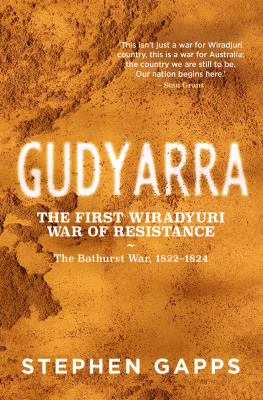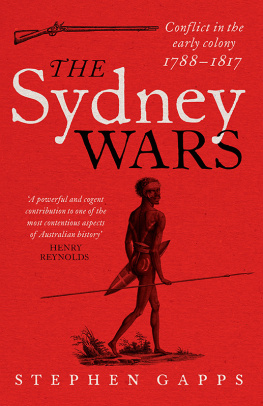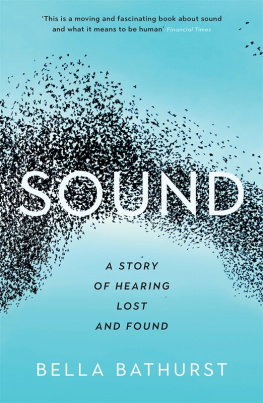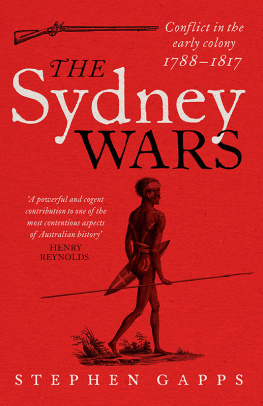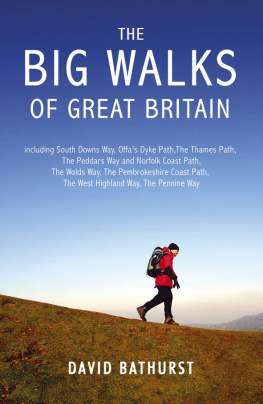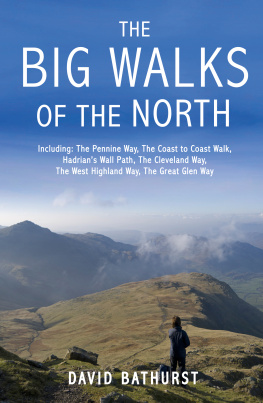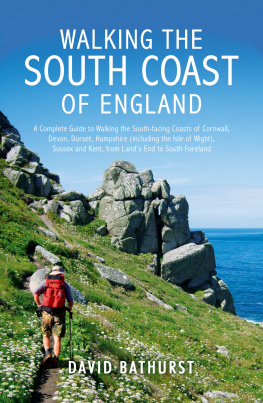Contents
Page List
Guide

This isnt just a war for Wiradjuri country, this is a war for Australia: the country we are still to be. Our nation begins here.
Stan Grant
The untold story of the Wiradyuri War of resistance against a World Empire
Uncle Bill Allen Junior,
Wiradyuri Elder
In Gudyarra, Stephen Gapps plots in meticulous detail the brutal war between the British and the Wiradyuri for possession of the Western Plains of New South Wales.
A masterly account of both sides of the conflict, Gudyarra offers new understandings of the complexity of frontier history and the need for all Australians to reconcile with the past.
Lyndall Ryan
This is an important book, indeed essential reading for anyone wanting to understand the new direction in the history of the frontier wars.
Henry Reynolds
A NewSouth book
Published by
NewSouth Publishing
University of New South Wales Press Ltd
University of New South Wales
Sydney NSW 2052
AUSTRALIA
newsouthpublishing.com
Stephen Gapps 2021
First published 2021
10 9 8 7 6 5 4 3 2 1
This book is copyright. Apart from any fair dealing for the purpose of private study, research, criticism or review, as permitted under the Copyright Act, no part of this book may be reproduced by any process without written permission. Inquiries should be addressed to the publisher.
 | A catalogue record for this
book is available from the
National Library of Australia |
| ISBN: | 9781742236711 (paperback) |
| 9781742249971 (ebook) |
| 9781742249940 (ePDF) |
Design Susanne Geppert
Cover artwork natural pigments, Jazz Money, Wiradyuri poet and artist
Map artwork pencil and wash on canvas, Aunty Nyree Reynolds, Wiradyuri artist
Printer Griffin Press, part of Ovato
All reasonable efforts were taken to obtain permission to use copyright material reproduced in this book, but in some cases copyright could not be traced. The author welcomes information in this regard.
This book is printed on paper using fibre supplied from plantation or sustainably managed forests.

A cruel and bloody war was waged against my people. White Australian history says Australia was settled peacefully. This is a lie. Wars were fought, martial law declared, Koories massacred and their lands were stolen.
MARY COE, WINDRADYNE,
A WIRADJURI KOORIE, 1989,
Contents
Murriguwalbang (Strangers):
The Europeans, 181315
Madhu mayini (Many people):
The Wiradyuri, 181617
Gudyarra gawaan (War against white men):
182223
Gudyarra gawaan (War against white men):
JanuaryJune 1824
Dhalgirridhunyal (I will crush or crack you, I will kill you):
JulySeptember 1824
Dhalabanha gibirrgirrbang, gambingum, galingabang bur (Destroy men, women, children):
October 1824
Warraabarra gulbalanha (Make peace):
NovemberDecember 1824
WARNING
Aboriginal and Torres Strait Islander people should be aware this book contains words and terms written by non-Indigenous people in the past that may be confronting and would be considered inappropriate today.
It also contains the names of deceased people and descriptions of distressing historical events, including massacres.
This book contains graphic descriptions of historical events that may be disturbing to some readers.
A NOTE ON TERMINOLOGY
In the 18th and 19th centuries, Europeans struggled to comprehend Australian Aboriginal languages, resulting in many different attempts to record words phonetically. Throughout this book, original terms, spellings and punctuation have been retained in quotations; modern, accepted or alternative spellings and other editorial adjustments are positioned in square brackets as appropriate.
The spelling Wiradyuri rather than Wiradjuri is used with guidance from the Gunhigal Mayiny Wiradyuri Dyilang or Bathurst Elders group.
The use of Wiradyuri words and phrases throughout this book follows Stan Grant Senior and John Rudders A New Wiradjuri Dictionary, 2010.
The term native born was used in the past to refer to the children of Europeans born in Australia.
Unless quoting from original sources, this book uses the term colonists rather than settlers.
CONVERSIONS
1 inch | 2.5 centimetres |
1 foot | 0.3 metres |
1 yard | 0.9 metres |
1 mile | 1.6 kilometres |
1 acre | 0.4 hectares |
1 pound | 0.5 kilograms |
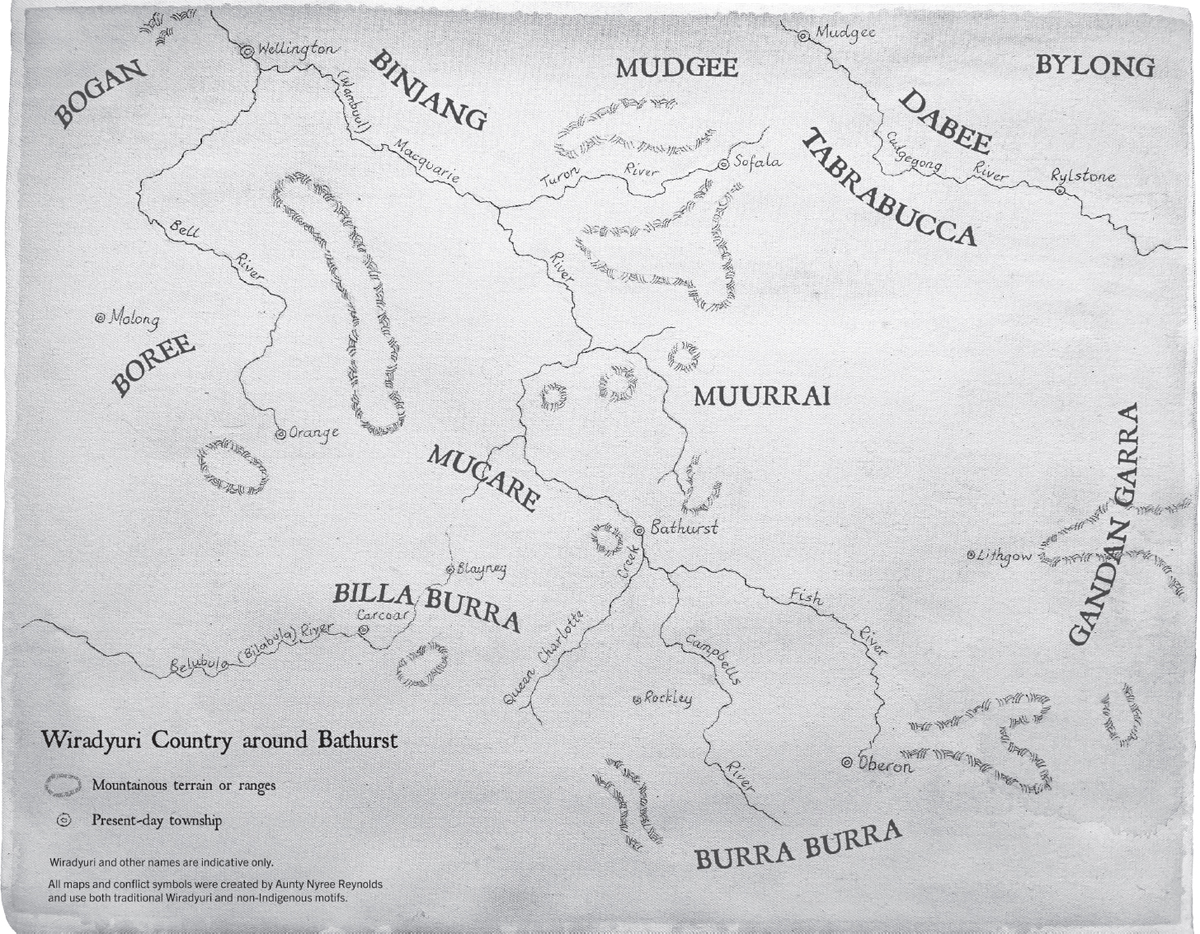
Introduction:
About twenty went out and shot and killed any they came across
ON BATHURST PLAINS
One little incident in the life of Sargent Miller worth recording in The Early days of Settlement. The Blacks were very troublesom. Tribes of Two or Three hundred would gather around the Sheep Stations often Killing Sheep. On one occasion one of those Tribes Killed the Hut Keeper. Sargent Miller Shot the Black Fellow who committed the crime, he was arrested and committed for Trial by the Police Magistrates, Mr Thos. Everenden and Lawson and had to go to Sydney to be tryed, but on arriving there was at once discharged without an hearing after this Seargant Miller received orders to form a party to hunt down the blacks, he being the leader about twenty went out and shot and killed any they came across little and big young and old shared the same fate. This led to the safety of life and property around Bathurst Plains ever after. A book could be written without fear of contradiction on the Early days of Australian life.
This description by Tom Miller of a massacre party sent out to track down and indiscriminately kill Wiradyuri people is a rare and brutally honest first-hand account of events that occurred on the rugged fringes of the Bathurst Plains in 1824. Threatening to tumble down [kill] whitefellows, from 1822 Wiradyuri warriors had begun killing sheep, cattle and stockworkers on their lands surrounding the township of Bathurst. By May 1824, a furious and bloody war of resistance had seen warriors take back control of all the country in the outlying regions that was not protected by soldiers or armed men.
The response by British colonists to the threat to their precious grazing lands was devastating. By the end of 1824, armed parties such as that led by ex-sergeant Thomas Miller had defeated the Wiradyuri through what one colonist described as a war of extermination.
Tom Millers role in securing the safety of life and property around Bathurst Plains also secured his place among the ranks of the pioneers of Bathurst. By the late 1800s, men like Tom Miller had begun recording their role in the histories of growing townships such as Bathurst, Mudgee and Kings Plains (near modern-day Blayney). Some, like William Henry Suttor and George Henry Cox, published their accounts. Others, like Tom Miller, were no authors of note. Millers brief account (written in the third person) of one little incident in his life was never published, and has languished in the Bathurst District Historical Society Museum.

